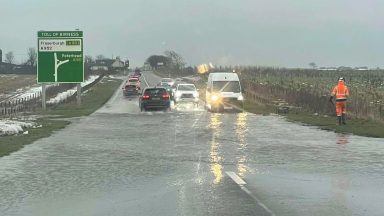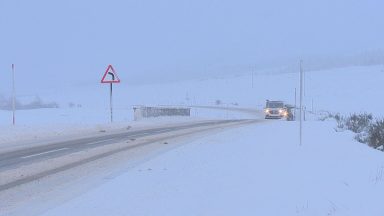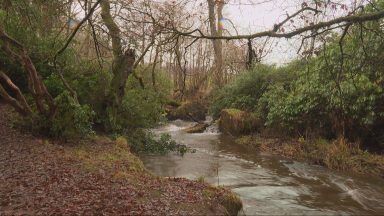For thousands of years, Scotland was covered by a vast primeval rainforest.
Scots pine, birch, rowan, aspen and juniper woodlands formed what was the Caledonian Forest – named by Romans intent on extending the boundary of their empire.
Prior to clearances in Neolithic times, this vast woodland was home to beavers, wild boar, lynx, brown bears, grey wolves, elk and wild horses.
Arriving following the last ice age, in around 7,000 BC, the Scots pine we see today are the direct descendants of those first trees.
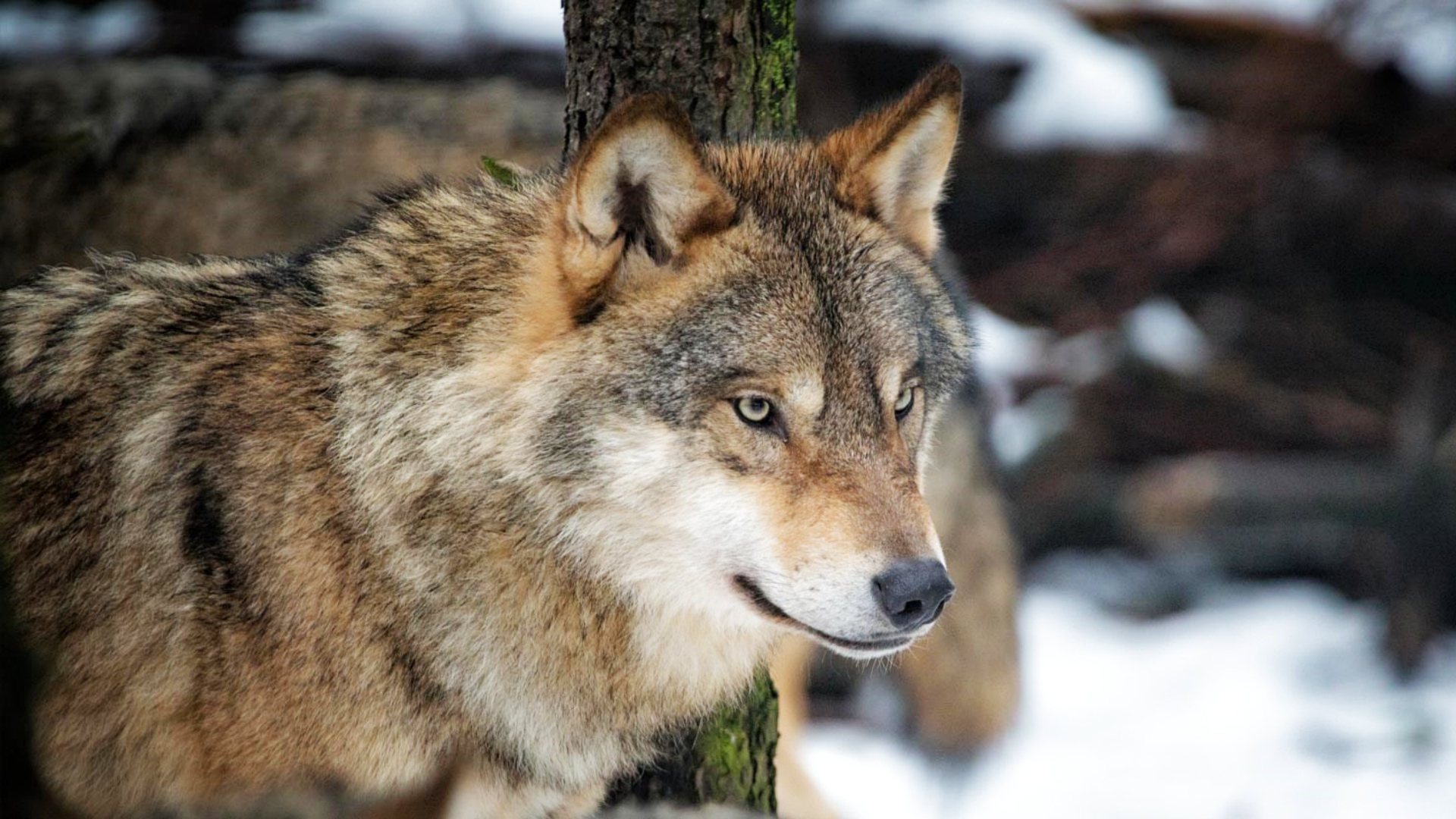 RZSS/Highland Wildlife Park
RZSS/Highland Wildlife ParkRoman geographer Ptolemy called Scotland “Caledonia” meaning wooded heights based on the accounts of invaders.
It covered much of the Highlands and what we know as the Cairngorms National Park today.
It is estimated to have reached a maximum coverage of 1.5 million hectares around 7,000 years ago and was the westernmost outpost of the European Boreal Forest.
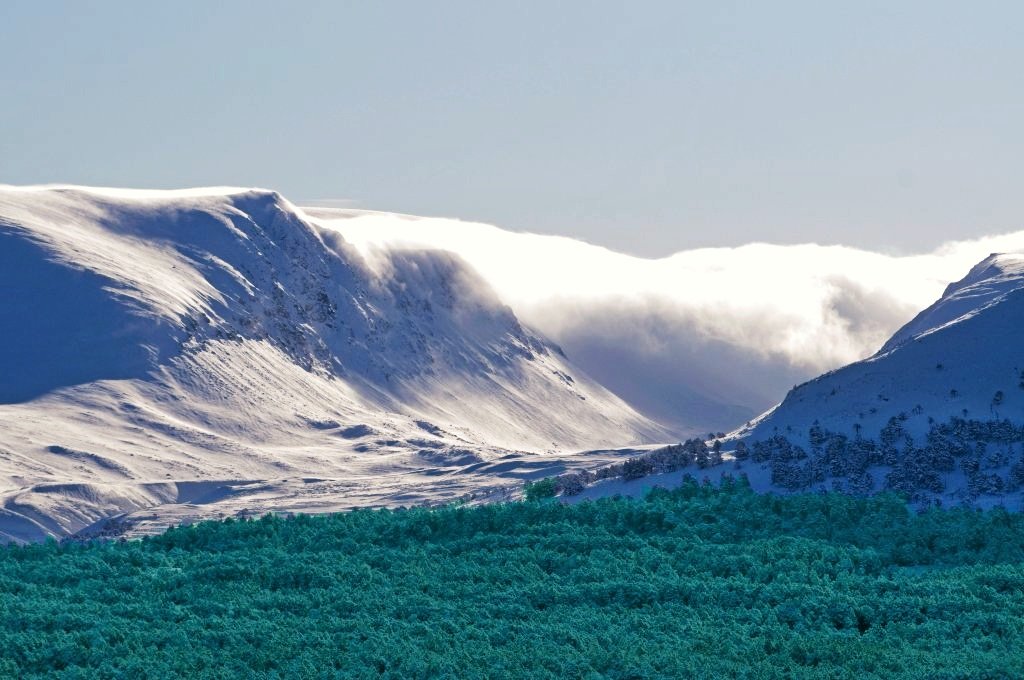 Cairngorms National Park
Cairngorms National ParkThen as the climate became wetter and windier the forest shrunk before human intervention saw it further reduced to its current extent and seeing the extinction of species like wolves, bears and elk.
The remains of the Caledonian Forest can be seen in 35 remnants across the Highlands including the ancient pinewood of Glen Falloch and Tyndrum in Loch Lomond and The Trossachs National Park.
But the fate of Scotland’s ancient pinewoods is on a “knife-edge” with the current generation facing the threat of being the last.
In the first study in more than 60 years examining the health of the trees, Scotland’s national tree, the Scots pine, was found to be in serious decline.
Many species have flourished in the Caledonian Forest over the thousands of years and it is recognised as a unique Scottish habitat. It supports a population of flora and fauna that is of global significance.
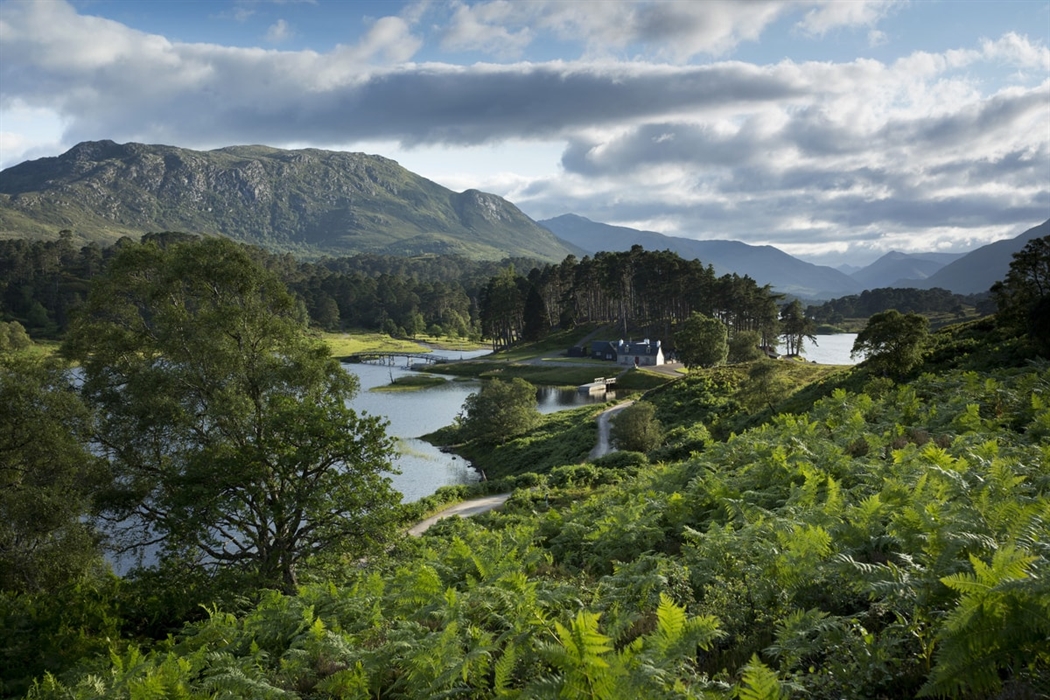 Paul Tomkins/Visit Scotland
Paul Tomkins/Visit ScotlandIt remains home to some of the rarest wildlife in the UK including the mountain hare, pine marten, red deer, red fox, red squirrel, roe deer, Scottish wildcat, the capercaillie, crested tit and Scottish crossbill.
Trees had been growing for several millennia when Ptolemy first used the named Caledonian Forest early in the second century AD.
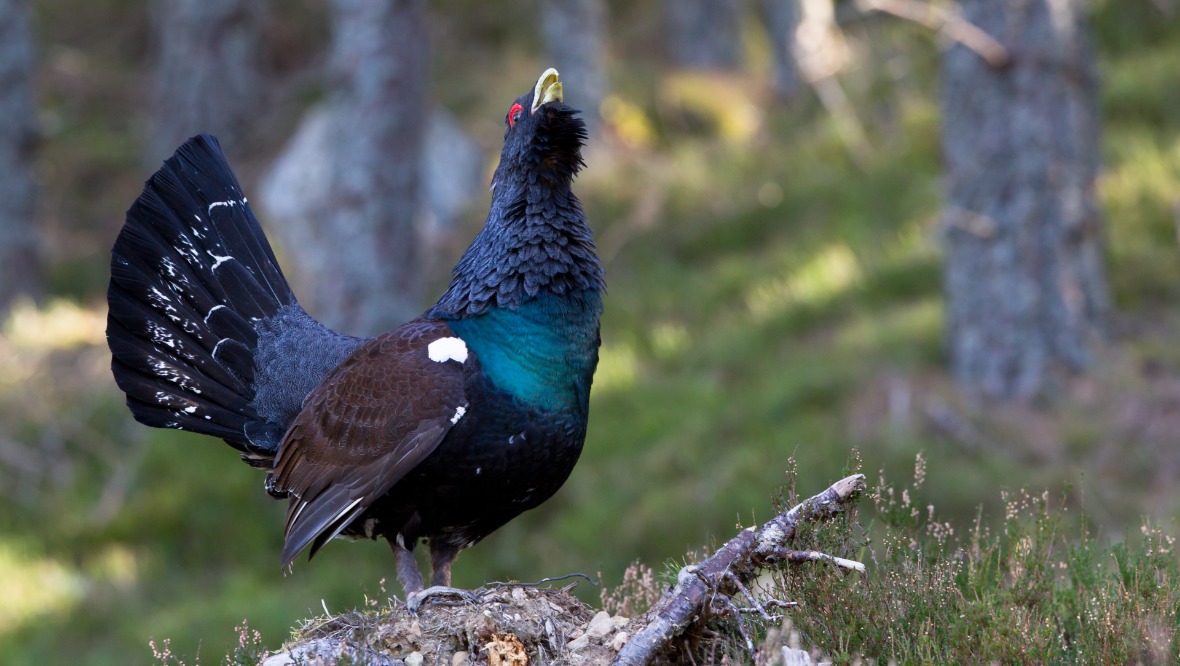 iStock
iStockThe trees range in age up to 300 years old in some cases meaning there are not many generations between the ones we can see today and their ancestors 9,000 years ago.
“To stand in them is to feel the past,” wrote 20th-century Scottish forester Henry Marshall Steven.
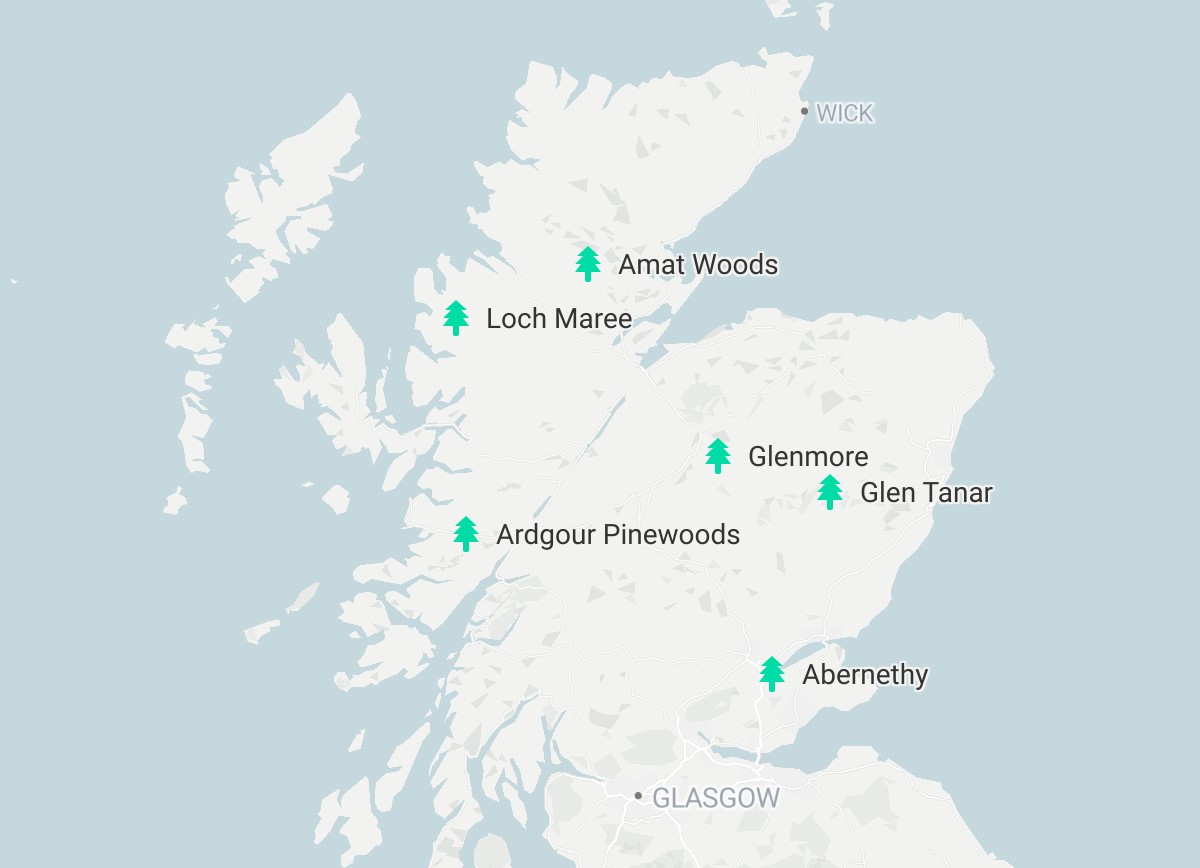 OpenStreetMap
OpenStreetMap“Even to walk through the larger of them gives one a better idea of what a primaeval forest was like than can be got from any other woodland scene in Britain.”
Much of the landscape of Scotland’s Highland region was created in the last retreat of the glaciers through the valleys making it the newest land form in Britain.
As the ice sheet retreated it made it possible for plants and animals to re-enter the Highlands. First along the west coast and then by the route of what is now the Perth to Inverness road – sometimes referred to as the spine of Scotland.
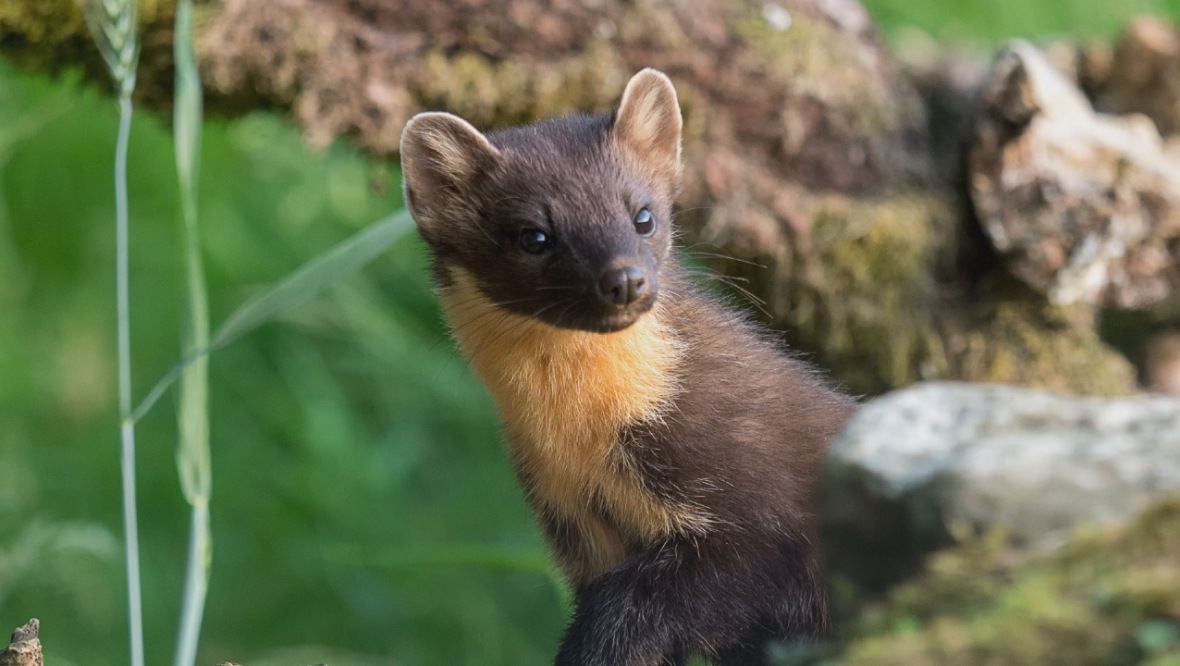 STV News
STV NewsIt is here many of the native pinewoods in have persisted to the present day.
Glenmore is a wildlife haven, translated from Gaelic as the “Big Glen”, you can see some of the best and oldest Caledonian Pine there.
Abernethy is the largest remaining native Scots pinewood and is home to breeding birds including the capercaillie, Scottish crossbill, crested tit, osprey and goldeneye.
Glen Tanar is another large pinewood, home to red squirrels, and Invereshie and Inshriach, on the edge of the Cairngorms plateau, gives visitors the opportunity to behold the passage between pinewoods to exposed mountain willow scrub.
Scotland’s history is full of incredible people and events and STV News wants to hear from you about the amazing stories you would like to see shared. Send the team a message on Facebook, Instagram or Twitter, or email at STV.News@stv.tv
Follow STV News on WhatsApp
Scan the QR code on your mobile device for all the latest news from around the country


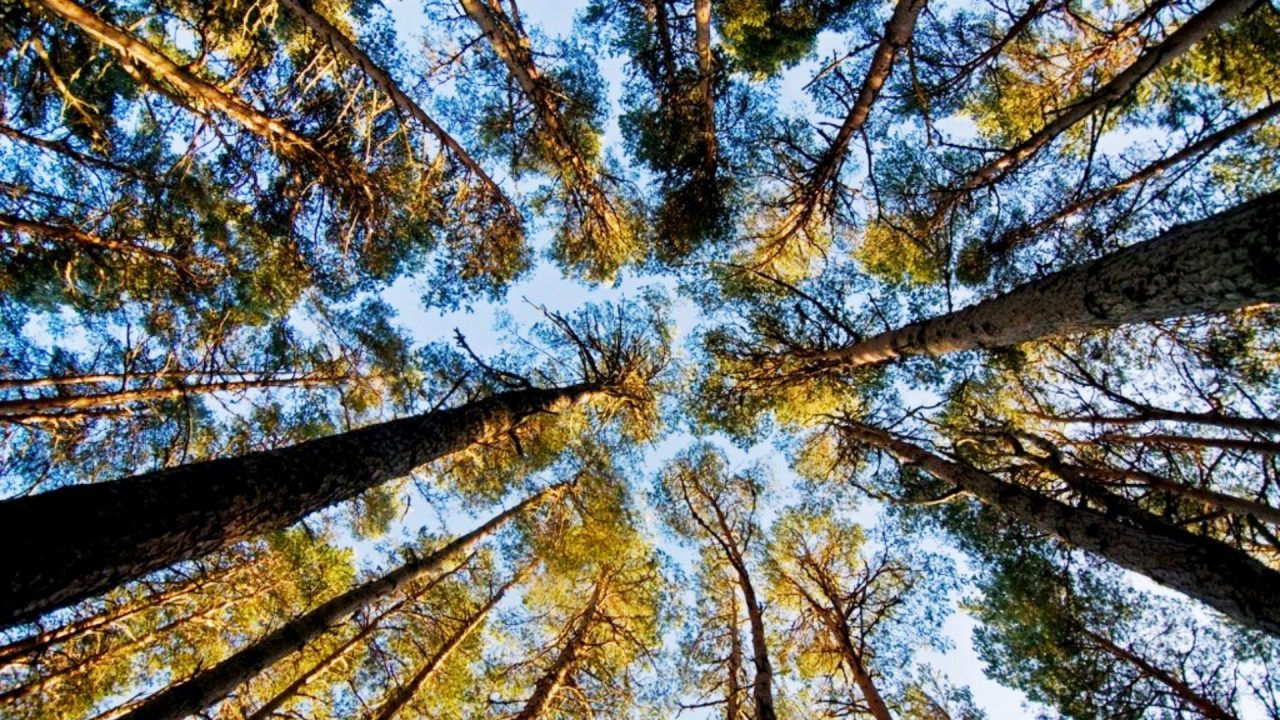 Cairngorms National Park
Cairngorms National Park

